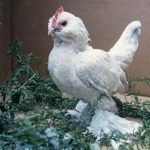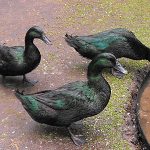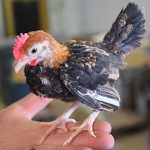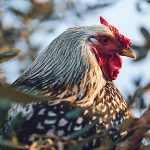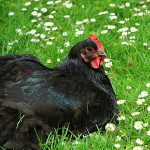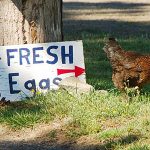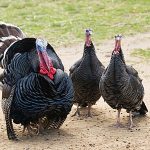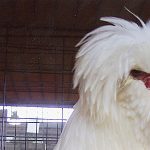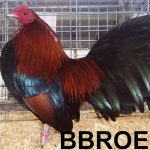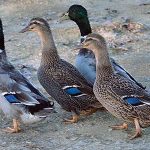
The Rouen duck originates from France, where farmers have raised the breed for hundreds of years. Rouens arrived in the United States in 1850 and were admitted to the American Standard of Perfection in 1874. Physical Attributes Rouens look like Mallards, only they are considerably larger. And they don’t fly nearly as well, making them […]
Continue Reading
